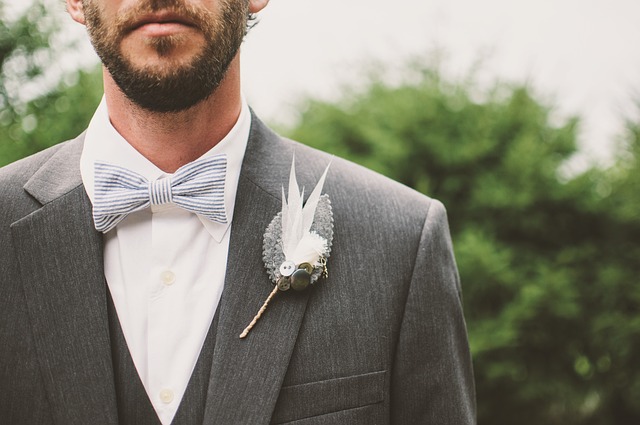Grooming is an essential part of pet care that helps maintain the health, hygiene, and overall well-being of your furry friend. Each pet breed has unique grooming needs, and neglecting these can lead to skin problems, hair matting, and other issues. In this article, we’ll explore the best grooming techniques for different pet breeds, helping you keep your pet clean, happy, and healthy.
From dogs to cats, birds, and small mammals, each breed requires a specific approach to grooming. Understanding these differences is crucial to prevent skin irritation, hair loss, and other adverse effects. In this article, we’ll delve into the world of pet grooming, exploring techniques tailored to various breeds and their unique needs.
Before we dive into the grooming techniques, it’s essential to have the right tools and supplies. These include a brush or comb, nail clippers, shampoo, conditioner, and a towel. Choose the right size and type of tool for your pet’s coat, as excessive force can cause discomfort or injury.
Long-Haired Breeds
Dogs with long hair require regular grooming to prevent matting and tangling. Start by brushing their coat daily, focusing on areas prone to matting, such as the armpits and behind the ears. Use a slicker brush or a pin brush to detangle their fur, working from the ends towards the roots.
Next, use a rake to remove loose hair and prevent shedding. Be gentle around sensitive areas, taking care not to pull too hard on the skin. Regular bathing is also necessary for long-haired breeds, using a mild shampoo and conditioner tailored to their coat type. Dry them thoroughly, paying extra attention to ears and paws.
Short-Haired Breeds
Dogs with short hair require less frequent grooming than those with long coats. A weekly brushing session will keep their coat clean and healthy. Use a soft-bristled brush or a rubber brush to remove dirt and oils, working from head to tail.
Nail trimming is also essential for short-haired breeds, using nail clippers specifically designed for pet grooming. Trim just the tip of the nail, taking care not to cut too close to the quick. Regular ear cleaning and paw waxing can help prevent skin problems and infections.
Long-Tailed Breeds
Dogs with long tails require regular grooming to prevent matting and tangling. Start by brushing their tail daily, using a slicker brush or a pin brush to detangle the fur. Be gentle around sensitive areas, taking care not to pull too hard on the skin.
Use a nail trimmer specifically designed for pet grooming to keep their nails trimmed, avoiding overgrowth that can cause discomfort and balance issues. Regular ear cleaning and paw waxing can help prevent skin problems and infections.
Cat Grooming
Cats require regular grooming to maintain their coat health and overall well-being. Start by brushing their coat daily, using a soft-bristled brush or a slicker brush to remove loose hair and distribute natural oils.
Use a gentle cat shampoo and conditioner tailored to their coat type, avoiding harsh chemicals that can strip their skin of its natural moisture. Regular nail trimming is also essential, using clippers specifically designed for pet grooming.
Small Mammals
Rabbits, guinea pigs, and other small mammals require regular grooming to prevent matting and tangling. Start by brushing their coat daily, using a soft-bristled brush or a slicker brush to remove loose hair and distribute natural oils.
Use a gentle shampoo and conditioner tailored to their coat type, avoiding harsh chemicals that can strip their skin of its natural moisture. Regular nail trimming is also essential, using clippers specifically designed for pet grooming.
Bird Grooming
Parrots and other birds require regular grooming to maintain their feathers and overall health. Start by brushing their coat daily, using a soft-bristled brush or a slicker brush to remove loose hair and distribute natural oils.
Use a gentle shampoo and conditioner tailored to their feather type, avoiding harsh chemicals that can strip their skin of its natural moisture. Regular nail trimming is also essential, using clippers specifically designed for pet grooming.
Conclusion
Grooming is an essential part of pet care that requires attention to detail and a understanding of each breed’s unique needs. By following the techniques outlined in this article, you’ll be able to keep your furry friend clean, happy, and healthy. Remember to always use the right tools and supplies, taking care not to cause discomfort or injury.
Regular grooming can also help strengthen the bond between you and your pet, providing a relaxing and enjoyable experience for both of you. So, take some time today to pamper your pet with a grooming session – they’ll thank you!
By following these simple steps and techniques, you can keep your pet looking and feeling their best. Happy grooming!

